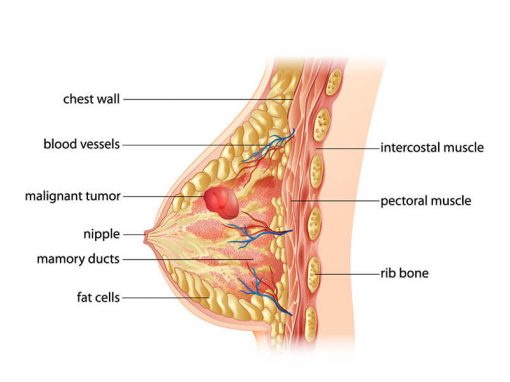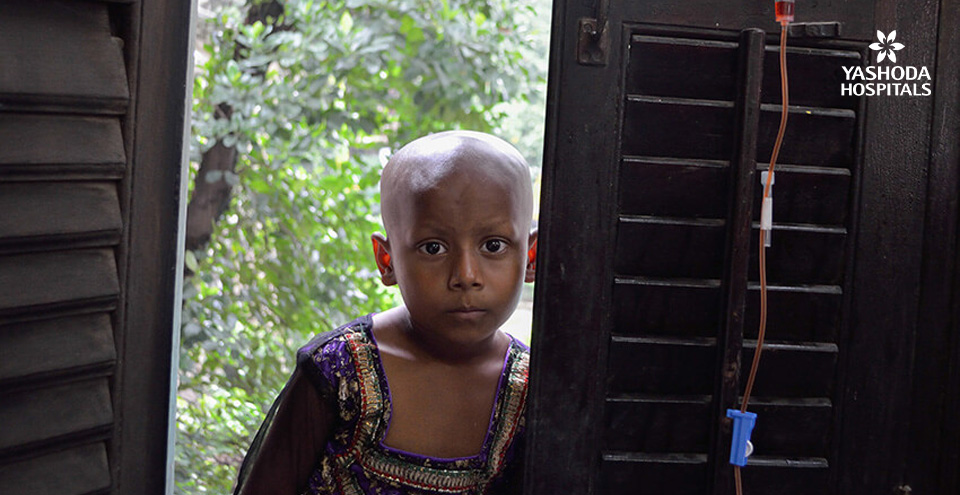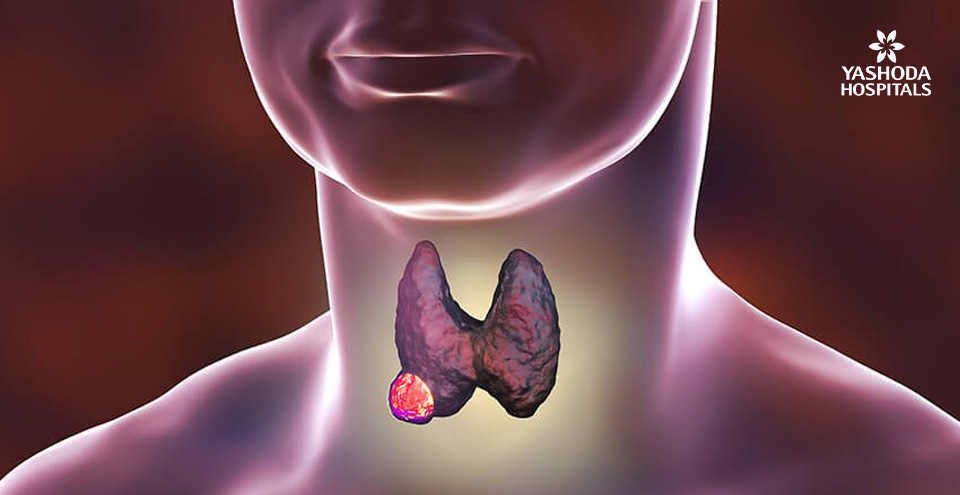Like other cancers, pathophysiology of breast cancer progresses through 4 stages. Sooner the diagnosis, better is the treatment approach and faster is the recovery.
Based on the tumor location, involvement in the lymph nodes and spreading, TNM (tumor, node, metastasis) staging of tumor is performed. By staging the cancer, your doctor gets a better idea as to –
- Where the tumor is located exactly?
- Is the tumor spreading (also called as tumor metastases), if so, spread to lymph nodes?
- What is the prognosis for the patient – chances of complete recovery and survival?
Breast cancer may or not involve hormonal involvement – estrogen, progesterone, and HER2. Based on the status of hormones and TNM, doctor diagnoses breast cancer stages either as:
Stage 0 – Cancer at this stage is still at the origin of DNA error.
Stage 1 – Here, the cancer is confined to a limited area.
Stage 2 – In stage 2, breast cancer has begun to grow and spread through lymph nodes.
The treatment usually involves surgery and adjuvant chemotherapy (treatment after surgery aimed at trying to destroy any remaining cancer cells with or without radiation therapy).
Stage 3 – Stage 3A cancer marks the spread of cancer into the lymph nodes, the gateway to move into different parts of the body. Through stage 3B and 3C, the cancer progressively spreads through more number of lymph nodes and invades the nearby tissues but not far away organs. Treatment options are similar to that of stage 2.
Stage 4 – At this stage, cancer has spread to at least one distant part of the body – such as liver, lungs. The last stage 4B marks the spread of cancer into more than one part of the body.








 Appointment
Appointment WhatsApp
WhatsApp Call
Call More
More